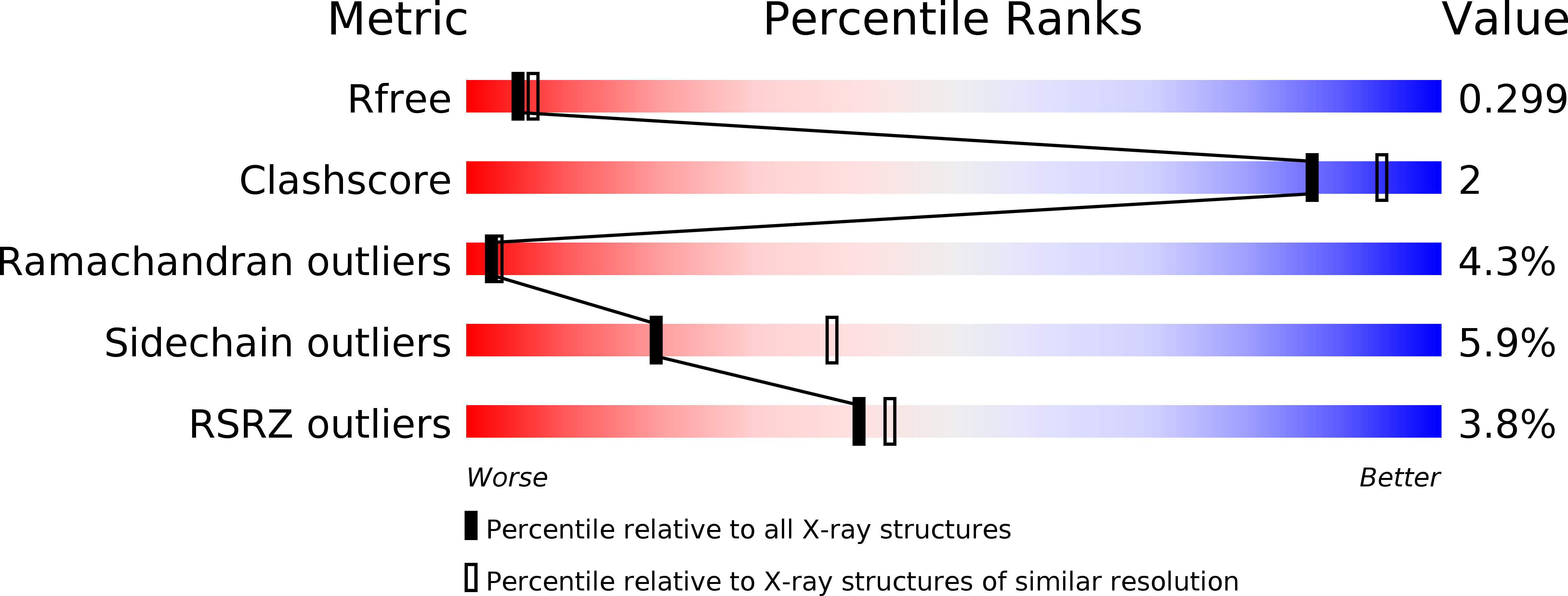
Deposition Date
2014-04-25
Release Date
2015-05-20
Last Version Date
2024-10-16
Entry Detail
PDB ID:
4D0G
Keywords:
Title:
Structure of Rab14 in complex with Rab-Coupling Protein (RCP)
Biological Source:
Source Organism:
HOMO SAPIENS (Taxon ID: 9606)
Host Organism:
Method Details:
Experimental Method:
Resolution:
2.50 Å
R-Value Free:
0.29
R-Value Work:
0.22
R-Value Observed:
0.23
Space Group:
C 2 2 21


